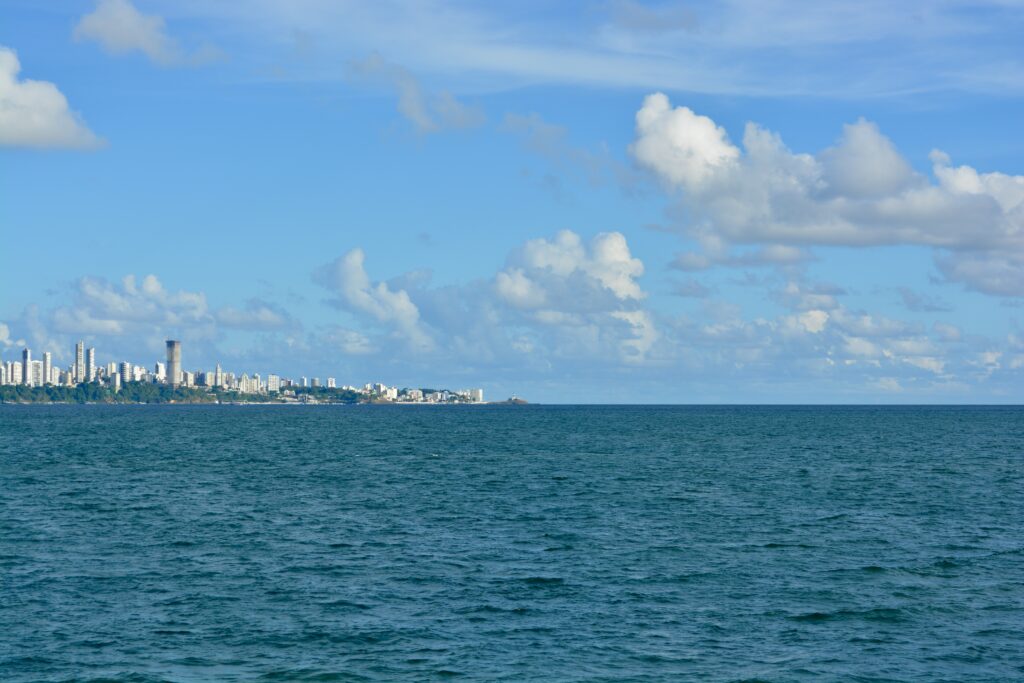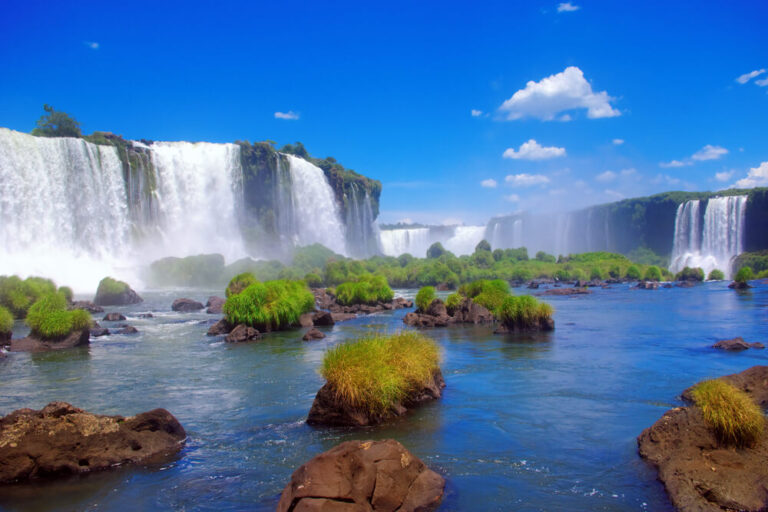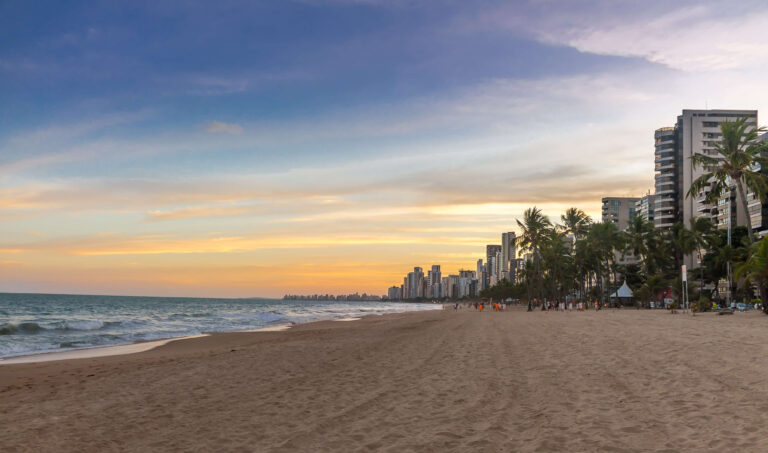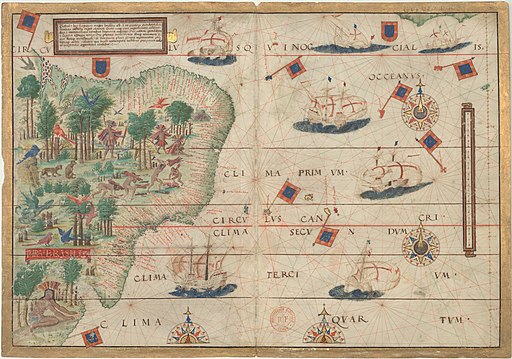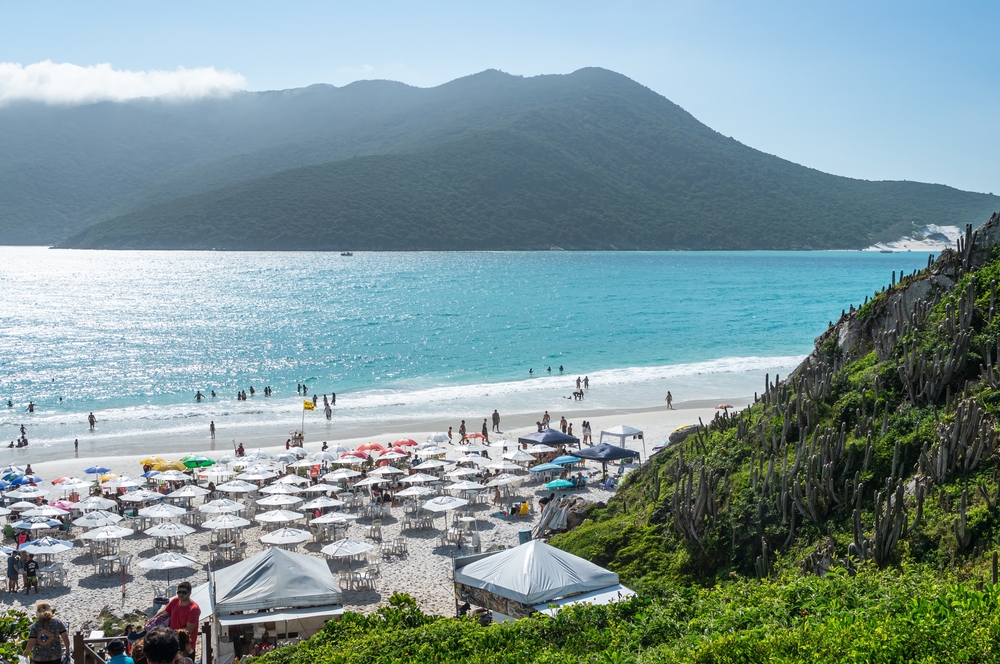The establishment of the General Government of Brazil in 1548 by King John III of Portugal and the subsequent founding of Salvador in 1549 marked a pivotal moment in the colonial history of Brazil. This shift in governance structure from hereditary captaincies to a centralized administration under Tomé de Souza aimed to strengthen Portuguese control, improve administrative efficiency, and foster economic growth in the colony.
Salvador’s strategic coastal location made it an ideal hub for maritime trade, communication with Portugal, and importation of African slaves, who played a vital role in the sugarcane plantations. The city quickly became the epicenter of colonial administration, trade, and culture. It was here that the first Catholic diocese in Brazil was established, reflecting the central role of the Church in the Portuguese Empire.
The sugarcane industry, powered by the labor of enslaved Africans, significantly contributed to the economic prosperity of the colony. Salvador became a melting pot of cultures, where European, African, and Indigenous influences intertwined, giving birth to a rich and diverse cultural heritage that is still evident in modern-day Brazil, particularly in the fields of music, dance, cuisine, and religion.
However, the rise of Salvador was accompanied by the marginalization and exploitation of Indigenous peoples and enslaved Africans. The establishment of the General Government brought about increased colonization, leading to conflicts with the native population and contributing to the displacement and decimation of Indigenous communities.
In the midst of economic and social dynamics, the Portuguese crown sought to expand its influence further inland, driven by the discovery of gold and precious metals in the interior regions of Brazil. This shift in economic focus eventually led to the relocation of the capital from Salvador to Rio de Janeiro in 1763, positioning it closer to the mining regions and emerging economic centers.
Rio de Janeiro served as the capital for nearly two centuries before the visionary project to build a new capital, Brasília, was realized in 1960. The construction of Brasília aimed to stimulate development in the country’s interior, balance regional disparities, and represent a symbol of modernity and progress for Brazil.
The legacy of Salvador as the first capital of Brazil and its role in shaping the nation’s history and culture are still celebrated today. The city remains a vibrant center of Afro-Brazilian culture, and its historic district, Pelourinho, is a UNESCO World Heritage Site, attracting visitors worldwide to explore its colorful colonial architecture, lively festivals, and rich traditions.

